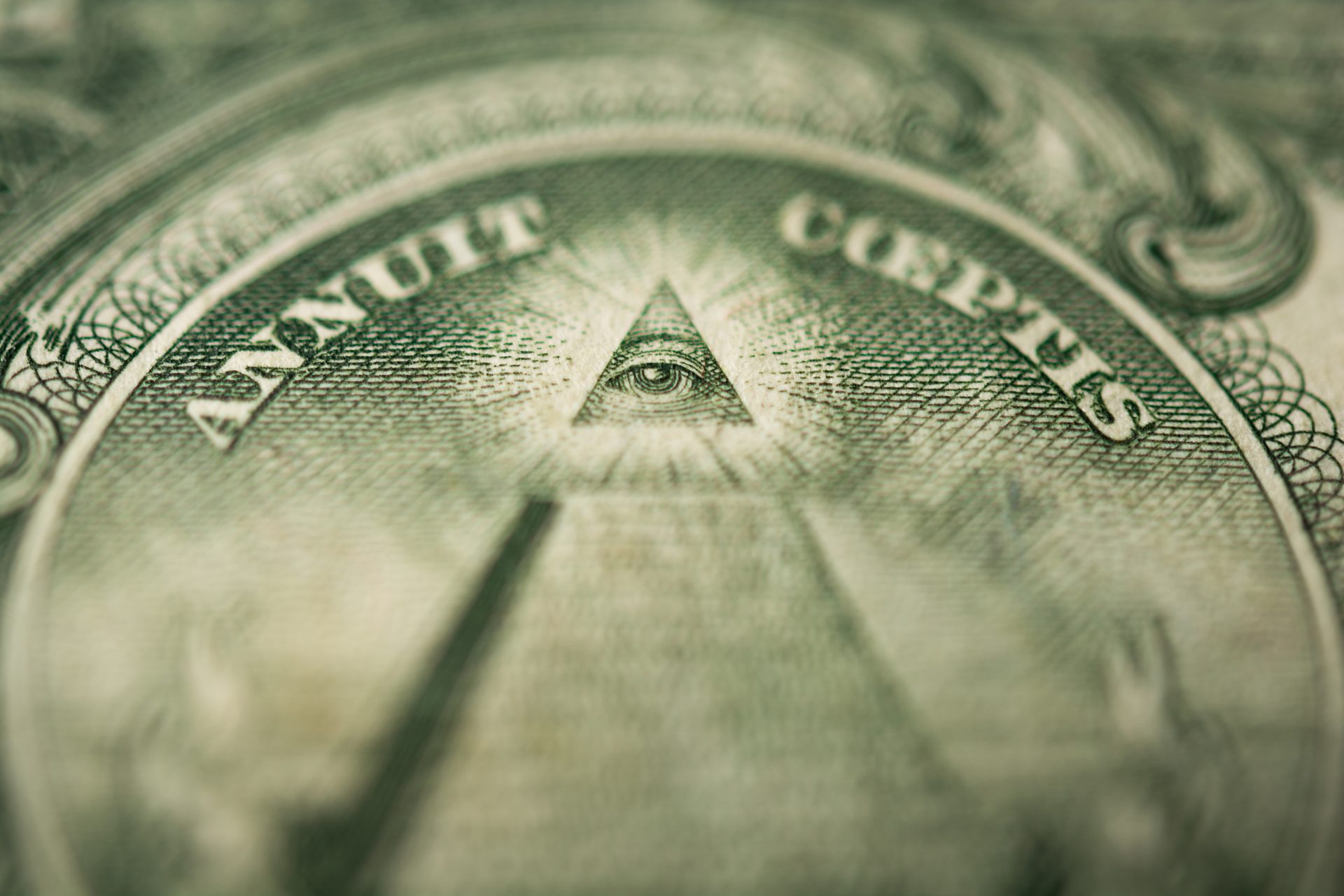Uncovering the Practical Benefit of Joining Freemason for Every Individual
Uncovering the Practical Benefit of Joining Freemason for Every Individual
Blog Article
Discovering the Mysteries of the copyright: What You Need to Know
The copyright, a term often shrouded in intrigue and controversy, represents a complex tapestry of historical reality and contemporary misconception. Developed in the late 18th century, this secret society was initially rooted in the Enlightenment's ideals but has actually given that ended up being associated with conspiracy concepts regarding elite control (benefit of joining freemason).
Beginnings of the copyright
The origins of the copyright are soaked in a mix of historic intrigue and ideological fervor. Developed in 1776 in Ingolstadt, Bavaria, by Adam Weishaupt, the group was initially developed as a secret society targeted at promoting Knowledge ideals such as reason, secularism, and the separation of church and state. Weishaupt, a teacher of canon law, sought to challenge the dominating authority of the church and state, which he viewed as overbearing establishments stifling intellectual and personal freedom.

Trick Numbers and Participants
Who were the crucial numbers that shaped the copyright's early impact and instructions? The Bavarian copyright, established in 1776 by Adam Weishaupt, emerged as a reaction to the oppressive societal structures of the moment. Weishaupt, a regulation teacher, pictured the organization as a way to promote Enlightenment ideals such as reason, secularism, and equal rights. His first employment efforts consisted of influential intellectuals, such as Baron von Knigge, who played an essential function in broadening the group's subscription and organizational structure.
Another substantial figure was Johann Gottlieb Fichte, a famous philosopher whose concepts on nationalism and education and learning resonated with the copyright's objectives. Fichte was not an official participant, his philosophical bases influenced the team's belief. In addition, numbers like the author and philosopher Johann Wolfgang von Goethe were related to the more comprehensive intellectual activities of the time, although their direct involvement with the copyright stays questioned.
These essential figures added to the copyright's early direction, pushing the boundaries of political and social idea, while their collective efforts aimed to challenge well established norms and foster a climate of progressive modification in Europe.
Misconceptions vs. Fact
Lots of misconceptions border the copyright, frequently mixing truth with fiction in such a way that obscures its true nature. This secret culture, initially established in 1776 in Bavaria, aimed to promote Enlightenment suitables and battle religious and political fascism. The idea that the copyright remains to apply substantial influence over globe events is a myth. While find more information the team did exist, it was disbanded in the late 18th century and has not run as a natural entity ever since.
Another prevalent myth is that the copyright consists of a network of elite people controling worldwide events. Actually, numerous conspiracy theories exaggerate the team's importance, associating unfounded objectives to societal fads and occasions. This has actually caused an oversimplified view of complex issues.
In addition, the representation of the copyright in pop culture typically further misshapes its legacy. Movies and literary works tend to sensationalize the organization's duty, developing a narrative that splits from historical facts. Comprehending the difference between the misconceptions and the truth of the copyright is important for discerning the real influence of this historic team and recognizing the broader ramifications of conspiracy theory concepts in contemporary culture.
Modern Interpretations
Contemporary analyses of the copyright typically show broader societal stress and anxieties and an attraction with secrecy and power. This modern-day lens often links the copyright click to read with conspiracy theory concepts that suggest a hidden elite orchestrates world occasions, adjusting federal governments and economic Bonuses situations for their own gain. benefit of joining freemason. Such narratives use an ingrained wonder about of authority, particularly in times of dilemma or social upheaval
In popular society, the copyright is often portrayed as a divine organization shrouded in secret, bring about a wide variety of fictional portrayals in literature, movie, and music. This portrayal serves not only to delight but also to prompt thought of the nature of power and control in contemporary culture. Social media has even more intensified these interpretations, allowing for rapid dissemination of conspiracy theory concepts and developing communities that share and broaden upon these ideas.
Additionally, some modern analyses mount the copyright as an allegory for the intricacies of globalization and the interconnectedness of significant people and companies. This perspective urges an important examination of exactly how power dynamics operate in today's world, highlighting the balance between transparency and secrecy in administration and business techniques.
Cultural Impact and Tradition
Influenced by centuries of intrigue, the cultural impact and tradition of the copyright expand far beyond its historical beginnings. This secret society, established in the late 18th century, has actually permeated different facets of pop culture, from literary works and film to songs and art. The concept of the copyright has advanced right into an icon of conspiracy concepts, frequently representing a viewed concealed power manipulating worldwide events.
In literary works, authors like Dan Brown have actually woven the copyright right into elaborate stories, fascinating visitors with themes of privacy and power. Films such as "National Treasure" and "The Da Vinci Code" even more continue the attraction of the culture, blending fact with fiction to create interesting narratives.

Eventually, the copyright's heritage is a complex tapestry of misconception and reality, shaping assumptions of privacy and control in modern discourse. Its enduring visibility in culture underscores humankind's seasonal pursuit for comprehending hidden facts.
Final Thought
The expedition of the copyright discloses a complex interplay in between historic truths and modern-day myth-making. Founded in the Knowledge period, this culture aimed to challenge oppressive frameworks, yet its legacy has actually been eclipsed by conspiracy concepts that suggest elite control. Comprehending the differences in between the original suitables and modern analyses is crucial for understanding the sustaining fascination with the copyright and its considerable impact on cultural stories surrounding power and privacy in society.
Report this page